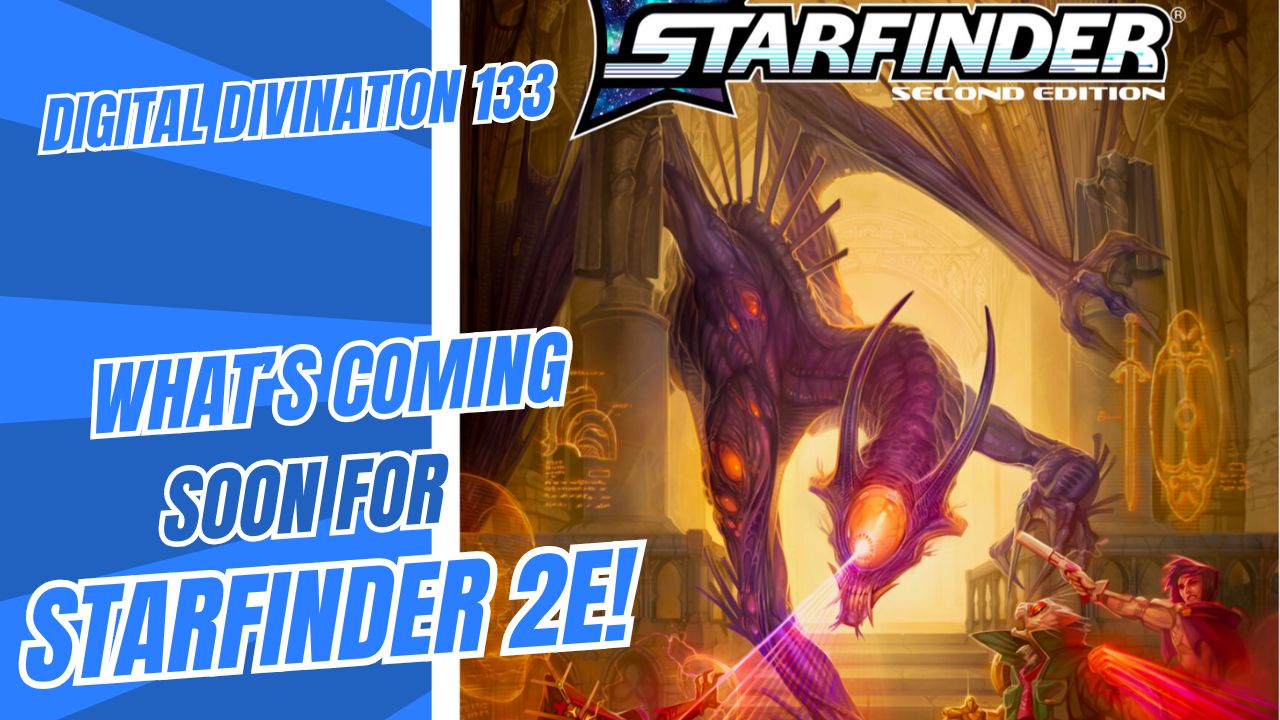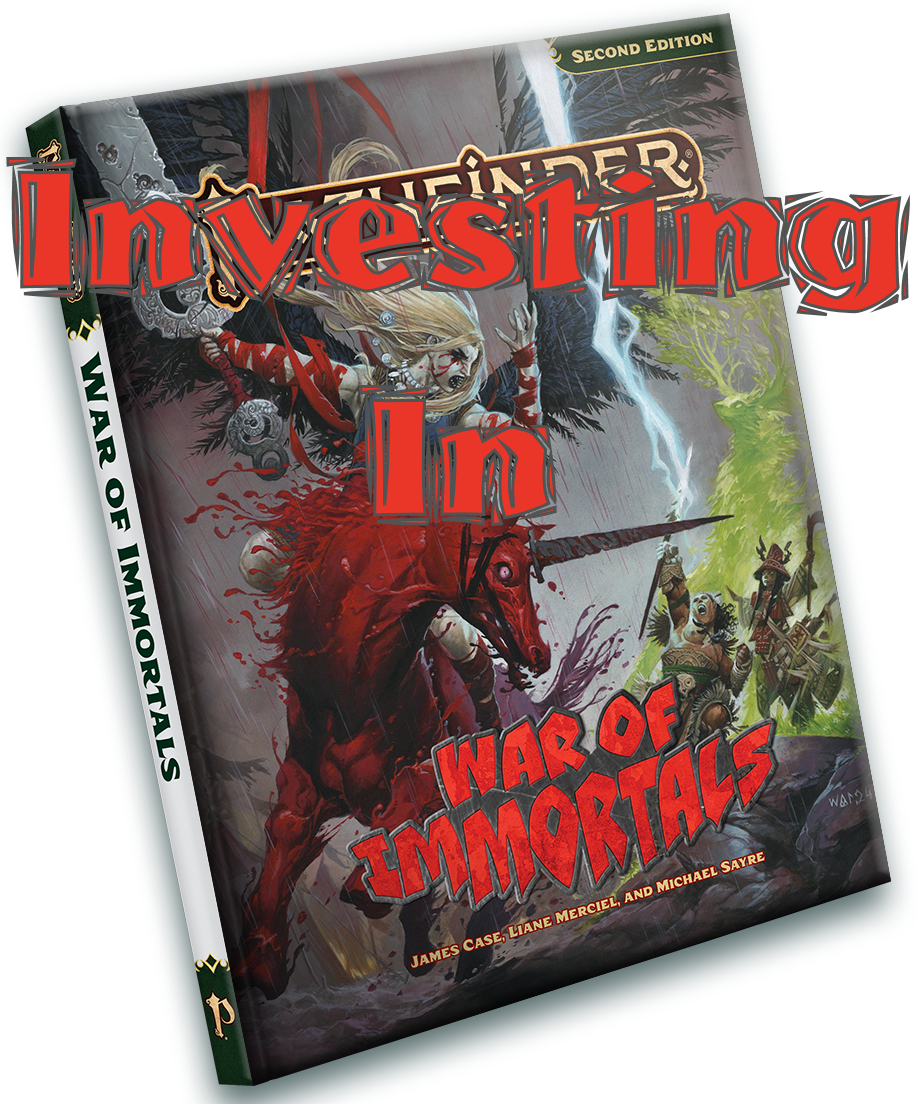Here is how the essays break down:
1. What is Design? by Wolfgang Baur
It’s hard to imagine it took three volumes of the Kobold Guide to Game Design before an essay defining design was included. This essay serves as a great launch point for the book, setting the tone and expectations. It offers insight into how a professional must approach the field and stand out.
2. Designing RPGs: Computer and Tabletop by Colin McComb
Although the exact intention of this essay confused me -how many readers will pick this book up for the one essay on video game design?- comparisons between pen-and-paper and video game design are made that designers need to keep in mind. Video games are creating more complex worlds with great immersion. The greatest strength of the pen-and-paper RPG, the leg on which it must stand, is its infinite flexibility.
3. The Process of Creative Thought by Wolfgang Baur
4. Creative Mania & Design Despair by Wolfgang Baur
These articles may fulfill the Kobold Guide to Game Design’s premise better than any other in the book. Strict honesty about the actual value of creativity in game design and the omnipresence of using what has come before.
5. Seize the Hook by Rob Heinsoo
The title of this essay is misleading because of the plot-connotations of the word “hook”. What it’s actually about is committing to a specific goal when designing a new system. Remember, the most lucrative work tends to go to designers with indy backgrounds and innovative systems credits.
6. Basic Combat Systems for Tabletop Games by Colin McComb
Although a dry read, this is the guide’s strongest mathematical breakdown of system design.
7. Crafting a Dastardly Plot by Ed Greenwood
The opposite of the last article, this is a fun and colourful read that ultimately only offers rudimentary analysis of the topic.
8. Location as a Fulcrum for
A surprisingly broad handling of a very specific topic, there is a lot to learn about immersive design and player psychology in this article on setting.
9. Myths & Realities of Game Balance by Monte Cook
Monte Cook often pontificates game balance in his blogs and Kobold Quarterly articles. Although the advice offered is ever applicable, it felt a little retreaded in this instance.
10. Buckets in the Sandbox: Non-Linear and Event-Driven Design by Wolfgang Baur
It is as nice to see sandbox adventure design treated as a fad with staying power rather than the next evolution of game design as it is seeing plot-based adventure design defended rather than dismissed. This article analyses the differences between an unhooked massive setting and an open world where the PCs dictate the pace at which they unravel the plot.
11. Collaboration and Design by Wolfgang Baur
Game design is collaboration. Writers, artists, editors, playtesters all contribute to a strong final product. If this article makes you fear losing control of your work, you may have just proven to yourself that this is not the business for you.
12. Failure and Recovery by Wolfgang Baur
Only a veteran could so eloquently summarize failure as positive influence on a designer’s career.
For the closing summary, see part 3.




Leave a Reply